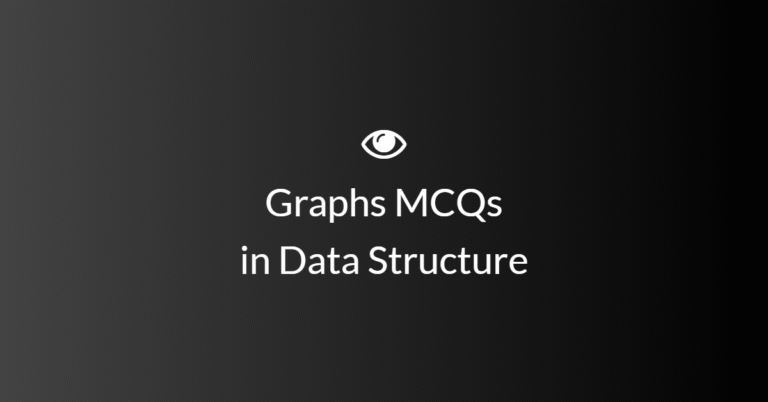
Scrum framework in Agile methodology
Scrum is a popular framework within Agile methodology that provides a structured, yet flexible approach to software development. It emphasizes teamwork, collaboration, and iterative progress, and is especially well-suited for projects with complex requirements that need continuous improvement.
Scrum is centered around small, cross-functional teams working together to complete tasks, with a focus on delivering working software in short iterations called Sprints. Here’s a comprehensive overview of Scrum, including its roles, events, and artifacts.
1. Scrum Roles
Scrum defines three key roles that are essential for the framework to function effectively:
Product Owner:
- Responsibilities:
- Represents the voice of the customer or stakeholders.
- Defines and prioritizes the Product Backlog, ensuring that the team works on the most valuable features or user stories.
- Communicates the vision of the product to the team.
- Clarifies requirements and makes decisions about what gets done and when.
- Accepts or rejects work based on whether it meets the requirements.
- Skills: Strong communication, decision-making, and stakeholder management skills are crucial.
Scrum Master:
- Responsibilities:
- Acts as a facilitator for the Scrum team, ensuring that Scrum principles are being followed.
- Helps remove impediments that might block the team’s progress.
- Coaches the team on Scrum practices and encourages self-organization.
- Serves as a liaison between the team and the Product Owner, helping to bridge any communication gaps.
- Ensures that the team works efficiently and continuously improves.
- Skills: Strong facilitation, coaching, problem-solving, and conflict resolution skills are important.
Development Team:
- Responsibilities:
- A self-organizing, cross-functional team responsible for delivering the product increment.
- The team designs, develops, tests, and delivers the software.
- They collaborate on how to implement features, solve problems, and complete the tasks within the Sprint.
- The team members collectively decide how to complete work, ensuring that the best quality product is delivered.
- Skills: Each member of the development team typically has specialized technical skills (e.g., coding, testing, UX design), but they also work together to support one another.
2. Scrum Events (Ceremonies)
Scrum defines several key events that help the team plan, execute, and review their work:
Sprint:
- The core event of Scrum, typically lasting 1 to 4 weeks.
- It is a time-boxed period during which a team works to complete a specific set of tasks (features, user stories, etc.).
- The goal of the Sprint is to deliver a potentially shippable product increment.
- Each Sprint begins after the Sprint Planning event and ends with the Sprint Review and Sprint Retrospective.
Sprint Planning:
- When: At the beginning of each Sprint.
- Goal: The team plans what work will be done during the Sprint.
- Participants: Product Owner, Scrum Master, and Development Team.
- Activities:
- The Product Owner presents the top-priority items from the Product Backlog.
- The Development Team selects which items they will commit to completing in the Sprint.
- The team defines the Sprint Goal and breaks down user stories or tasks into smaller, actionable items (Sprint Backlog).
Daily Scrum (Daily Standup):
- When: Every day during the Sprint (usually for 15 minutes).
- Goal: This is a short meeting for the team to synchronize and discuss progress.
- Participants: Development Team and Scrum Master (optional for Product Owner).
- Activities:
- Each team member answers the following three questions:
- What did I do yesterday?
- What will I do today?
- Are there any blockers or issues preventing progress?
- This meeting helps identify problems early, keep the team aligned, and track the team’s progress.
- Each team member answers the following three questions:
Sprint Review:
- When: At the end of each Sprint.
- Goal: The team demonstrates the work they have completed during the Sprint.
- Participants: Product Owner, Scrum Master, Development Team, and relevant stakeholders (customers, managers, etc.).
- Activities:
- The team presents the increment of the product developed during the Sprint.
- The Product Owner discusses whether the completed work aligns with the Sprint Goal.
- Feedback from stakeholders is gathered to adjust the Product Backlog for future sprints.
- It’s important to note that no new work is added to the Sprint during the Review.
Sprint Retrospective:
- When: After the Sprint Review and before the next Sprint Planning.
- Goal: The team reflects on the Sprint to identify what went well and what can be improved in future Sprints.
- Participants: Scrum Master, Development Team (Product Owner optional).
- Activities:
- Discuss the process, not the product.
- What went well? What didn’t go well? What improvements can be made for the next Sprint?
- The team commits to actionable process improvements that they will implement in the next Sprint.
3. Scrum Artifacts
Scrum includes several key artifacts (documents or tools) that help manage and track the progress of the project:
Product Backlog:
- A prioritized list of all features, enhancements, fixes, and technical tasks needed for the project.
- Managed by the Product Owner.
- It’s a living document that evolves as the project progresses and new requirements emerge.
Sprint Backlog:
- A subset of the Product Backlog selected for completion during the Sprint.
- Contains the user stories, tasks, or features that the team has committed to delivering.
- The Development Team manages the Sprint Backlog, and it’s updated daily as tasks are completed.
Increment:
- The sum of all completed work during a Sprint, combined with the work done in previous Sprints.
- At the end of each Sprint, the increment is potentially shippable (it must meet the Definition of Done).
- The increment must be fully tested, integrated, and usable by stakeholders.
4. Scrum Artifacts and Transparency
Scrum emphasizes transparency, meaning all team members and stakeholders should have visibility into the project’s progress. Scrum supports this transparency in several ways:
- Product Backlog and Sprint Backlog are visible to everyone on the team.
- Increment is reviewed during Sprint Reviews to ensure all stakeholders can see the progress made.
5. Scrum Values
Scrum encourages the team to embrace five core values:
- Commitment: The team commits to achieving the Sprint Goal and working together.
- Courage: The team takes on challenges, raises concerns, and tries new things.
- Focus: The team focuses on delivering the highest-value work for the customer.
- Openness: The team shares information, challenges, and ideas openly.
- Respect: The team members respect each other’s abilities, opinions, and contributions.
Conclusion
Scrum is a robust framework that provides structure to Agile development while allowing for flexibility. It promotes continuous delivery, collaboration, and improvement. By using roles like Product Owner, Scrum Master, and Development Team, Scrum ensures that everyone has clear responsibilities. The Scrum events and artifacts create a consistent rhythm that drives progress and accountability.



